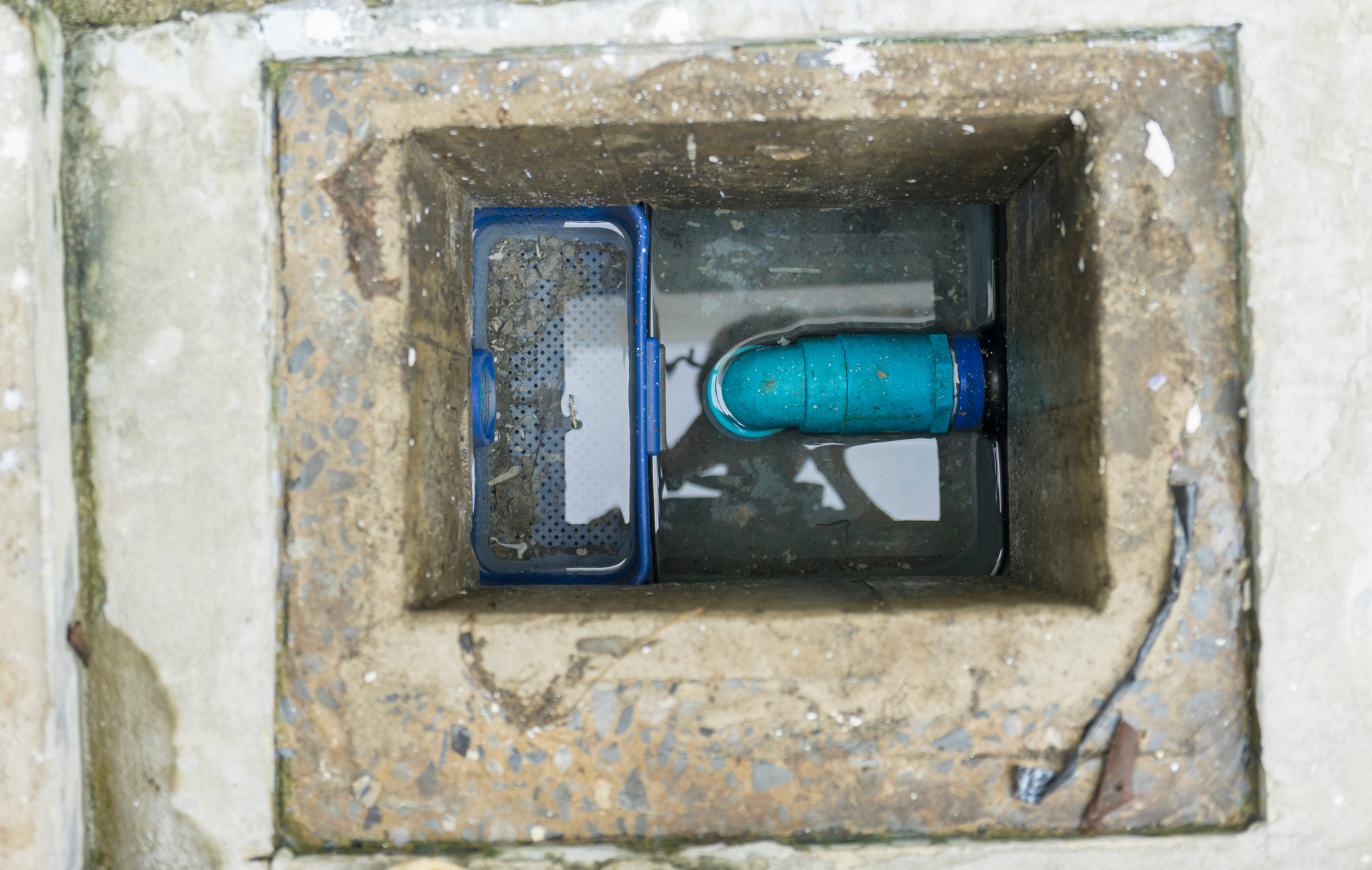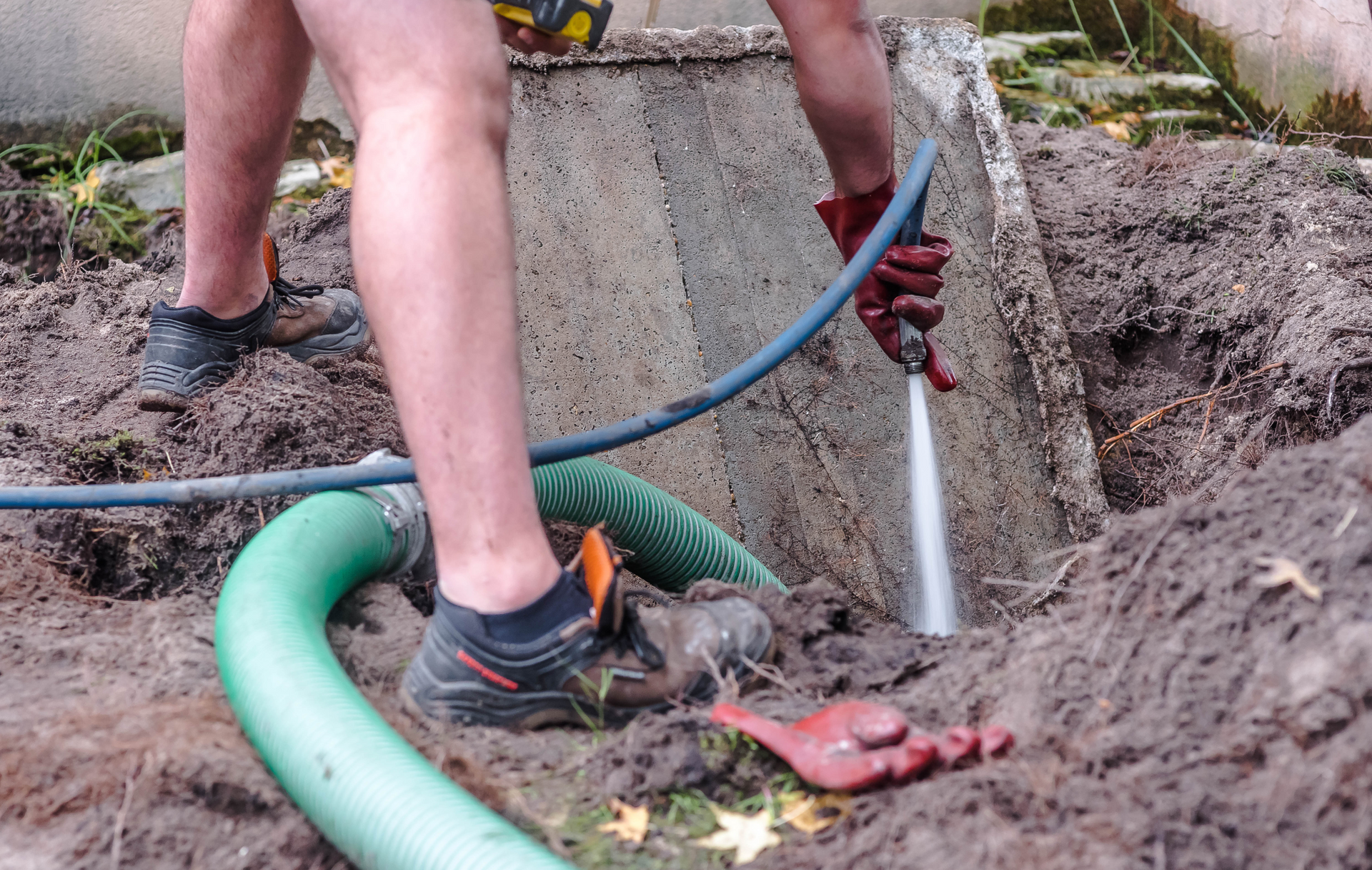The Septic System Basics Every Homeowner in Oxford, MS Should Know
January 15, 2024
The Septic System Basics Every Homeowner in Oxford, MS Should Know
At Oxford Septic Service, we understand that septic systems are a vital part of many Oxford, MS homes. These systems play a crucial role in wastewater treatment for properties that aren't connected to municipal sewage systems. In this comprehensive guide, we'll explore the fundamental aspects of septic systems, providing you with the knowledge you need to keep your system running smoothly.
1. What Is a Septic System?
A septic system is an on-site wastewater treatment system that is commonly used in rural and suburban areas where homes are not connected to a centralized sewage system. It consists of several key components:
Septic Tank: The septic tank is a buried, watertight container that receives and temporarily stores wastewater from your home. It allows solids to settle to the bottom, forming sludge, while oils and grease float to the top as scum.
Distribution Box: This box evenly distributes effluent (treated wastewater) from the septic tank to the drain field.
Drain Field (Leach Field): The drain field is a network of perforated pipes or chambers buried in trenches filled with gravel. It receives effluent from the distribution box and allows it to percolate into the soil for further treatment.
2. How Does a Septic System Work?
Understanding the basic septic system process is essential. Here's a simplified overview:
Wastewater Collection: All wastewater from your home, including toilets, sinks, showers, and laundry, flows into the septic tank.
Separation and Treatment: In the septic tank, solids settle to the bottom to form sludge, while scum floats to the top. Bacteria in the tank break down the organic matter in the wastewater.
Effluent Distribution: Clarified liquid, known as effluent, exits the septic tank and is evenly distributed in the drain field.
Soil Treatment: In the drain field, effluent percolates through the soil, where natural processes further treat it before it returns to the groundwater.
3. Maintenance Is Key
Regular septic system maintenance is vital to ensure it functions correctly. Key maintenance tasks include:
Septic Tank Pumping: Sludge and scum levels in the septic tank increase over time. Periodic pumping, typically every 3 to 5 years, is necessary to prevent clogs and backups.
Effluent Filters: Some septic systems have effluent filters to prevent solids from reaching the drain field. These filters need occasional cleaning.
Watch Your Water Usage: Excessive water usage can overload your septic system. Be mindful of water conservation to avoid issues.
4. Signs of Septic System Problems
Recognizing the signs of septic system issues is crucial to addressing them promptly. Common signs of trouble include:
Slow Drains: If multiple drains in your home are slow, it may indicate a septic problem.
Foul Odors: Unpleasant odors, especially near the drain field or septic tank, can signal trouble.
Pooling Water: Puddles or standing water in the yard could indicate a drain field issue.
Sewage Backup: If sewage backs up into your home, it's a severe problem that requires immediate attention.
5. The Importance of Professional Services
While some maintenance tasks can be DIY, such as conserving water and being cautious about what you flush, many aspects of septic system care require professional services. These include:
Septic Tank Pumping: A licensed technician should pump your septic tank to remove accumulated sludge and scum.
Inspections: Regular inspections can catch issues early and prevent costly repairs.
Repairs and Upgrades: If problems arise, professional repairs or system upgrades may be necessary to ensure proper functioning.
6. Eco-Friendly Practices
Septic systems can be environmentally friendly when properly maintained. Here are some eco-conscious practices:
Water Conservation: Using water-efficient appliances and fixtures can reduce stress on your septic system and conserve water.
Proper Disposal: Avoid flushing non-biodegradable items, chemicals, and pharmaceuticals, as they can harm your septic system and the environment.
Native Landscaping: Planting native vegetation in your drain field area can help absorb excess moisture and nutrients from effluent.
In conclusion, at Oxford Septic Service, we believe that a well-maintained septic system is essential for the health and comfort of your Oxford, MS, home. Understanding how your septic system works, recognizing signs of trouble, and scheduling regular professional maintenance are key steps in ensuring its longevity and functionality. If you have any questions or need septic system services, don't hesitate to contact trusted professionals like us for guidance and assistance.

Oxford Septic Services plays a crucial role in ensuring the health and functionality of septic systems in our community. With years of experience and expertise, our team is dedicated to providing top-quality services to homeowners and businesses alike. In this guide, we'll explore the vital role that Oxford Septic Services plays in maintaining healthy septic systems and preserving the well-being of our environment. Chapter 1: Comprehensive Septic System Maintenance Oxford Septic Services offers comprehensive maintenance services designed to keep septic systems running smoothly. From regular inspections to proactive maintenance measures, our team ensures that septic systems remain in optimal condition year-round. Chapter 2: Professional Septic Tank Pumping Regular septic tank pumping is essential for preventing backups and maintaining the proper functioning of septic systems. Oxford Septic Services provides professional pumping services tailored to the unique needs of each property, ensuring efficient removal of waste and sludge. Chapter 3: Prompt Septic System Repairs When issues arise with septic systems, prompt repairs are crucial to prevent further damage and ensure continued functionality. Oxford Septic Services offers timely and reliable repair services, addressing issues such as leaks, clogs, and drain field problems with expertise and efficiency. Chapter 4: Expert Leach Field Services Leach fields are an integral part of septic systems, responsible for filtering and dispersing wastewater into the soil. Oxford Septic Services offers expert leach field services, including inspections, repairs, and installations, to ensure the proper functioning of this critical component. Chapter 5: Emergency Septic Services Septic emergencies can occur at any time, posing significant risks to property and health. Oxford Septic Services offers emergency services around the clock, providing prompt response and effective solutions to mitigate damage and restore functionality. Chapter 6: Residential and Commercial Solutions Whether it's a residential property or a commercial establishment, Oxford Septic Services offers tailored solutions to meet the unique needs of each client. From small homes to large commercial properties, our team has the expertise and resources to handle any septic system challenge. Chapter 7: Environmental Stewardship At Oxford Septic Services, we are committed to environmental stewardship and sustainable practices. We prioritize eco-friendly solutions and responsible waste management techniques to minimize our impact on the environment and protect natural resources. Conclusion: Oxford Septic Services plays a vital role in maintaining healthy septic systems and preserving the well-being of our community. With comprehensive maintenance services, prompt repairs, and a commitment to environmental stewardship, our team ensures that septic systems remain in optimal condition for years to come. Trust Oxford Septic Services for all your septic system needs and experience the difference firsthand.

Septic tank pumping is a crucial aspect of septic system maintenance that often goes overlooked by property owners. Regular pumping helps prevent costly repairs, prolongs the lifespan of the septic system, and protects the environment from contamination. In this guide, Oxford Septic Services shares valuable insights into the importance of routine septic tank pumping and its many benefits. Chapter 1: Understanding the Role of Septic Tank Pumping Overview of the septic tank pumping process and its significance in maintaining a healthy septic system Explanation of how septic tank pumping removes accumulated solids and sludge from the tank, preventing clogs and backups Chapter 2: Preventing Costly Repairs and System Failures Discussion of the potential consequences of neglecting septic tank pumping, including system backups, drain field damage, and groundwater contamination Exploration of the financial implications of septic system repairs and replacements compared to the relatively low cost of routine pumping Chapter 3: Extending the Lifespan of Your Septic System Explanation of how regular septic tank pumping helps prolong the lifespan of the septic system by reducing stress on system components and preventing premature failure Discussion of the correlation between routine pumping and the overall health and longevity of the septic system Chapter 4: Protecting the Environment and Public Health Examination of the environmental and public health risks associated with untreated wastewater discharge from poorly maintained septic systems Explanation of how routine septic tank pumping helps mitigate these risks by preventing groundwater contamination and protecting local water sources Chapter 5: Maintaining Property Value and Resale Potential Exploration of the impact of a well-maintained septic system on property value and resale potential Discussion of how routine septic tank pumping demonstrates responsible property ownership and can increase buyer confidence during real estate transactions Chapter 6: Ensuring Regulatory Compliance Overview of local regulations and requirements regarding septic system maintenance and pumping frequency Explanation of how routine septic tank pumping helps property owners remain in compliance with regulatory standards and avoid potential fines or penalties Chapter 7: Best Practices for Scheduling Septic Tank Pumping Recommendations for establishing a regular pumping schedule based on factors such as household size, water usage, and septic system capacity Tips for working with professional septic service providers like Oxford Septic Services to schedule timely and efficient pumping services Conclusion: Routine septic tank pumping is an essential aspect of responsible septic system ownership, offering numerous benefits for property owners, the environment, and public health. By understanding the importance of routine pumping and working with trusted professionals like Oxford Septic Services, property owners can ensure the long-term performance and reliability of their septic systems.
